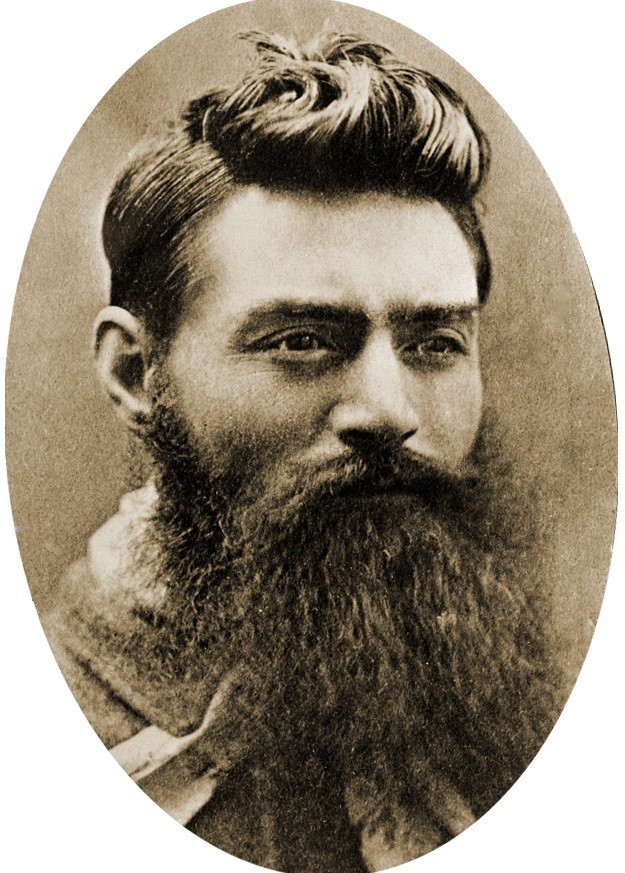Remains of Iconic Australian Bushranger Ned Kelly Identified

Scientists have successfully identified the relics of Ned Kelly, the famed bushranger considered a symbol of Irish-Australian resistance against oppression by the British ruling class, 131 years after he was buried among other prisoners in a mass grave.
But the authorities have been unable to provide any confirmation on the location of the folk hero's skull, which is believed to have occupied the desk of a Victorian state police detective in 1929.
To think a group of scientists could identify the body of a man who was executed more than 130 years ago, moved and buried in a haphazard fashion among 33 other prisoners, most of whom are not identified, is amazing, Victoria Attorney General Robert Clark said Thursday, Reuters reported.
Kelly, dressed in home-made plate metal armour and helmet, was captured and sent to jail after a final violent confrontation with police at Glenrowan on June 28, 1880. He was hanged for murder at Old Melbourne Gaol in November 1880. His audacity as well as notoriety made him an iconic figure in Australian history, folklore, literature, art and film.
Kelly was buried in the grounds of the old Melbourne Gaol and a death mask was made from his head. In 1929, when the gaol closed, remains of all prisoners, including Kelly, were exhumed and reburied in a mass grave at Pentridge Prison. Officials believe Kelly's skull may have been separated from his skeleton during the transfer.
Kelly has remained a consistent icon of Australia and Australian bush life, so therefore it has a high level of significance from the Australian community because it's part of its cultural heritage, David Ranson, the deputy director of the Victorian Institute of Forensic Medicine, told Reuters.
From a point of view of Australian culture there's always been this dichotomy of Ned Kelly the police killer and the folk hero at a time of unrest and tensions.
A DNA sample from Kelly's great-great-nephew was used by scientists to match and identify Kelly's bones.
© Copyright IBTimes 2024. All rights reserved.






















